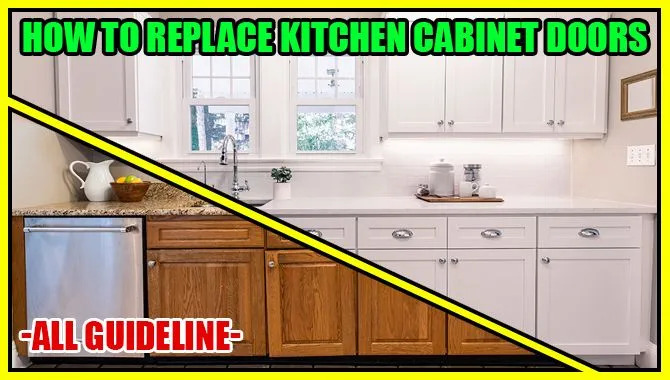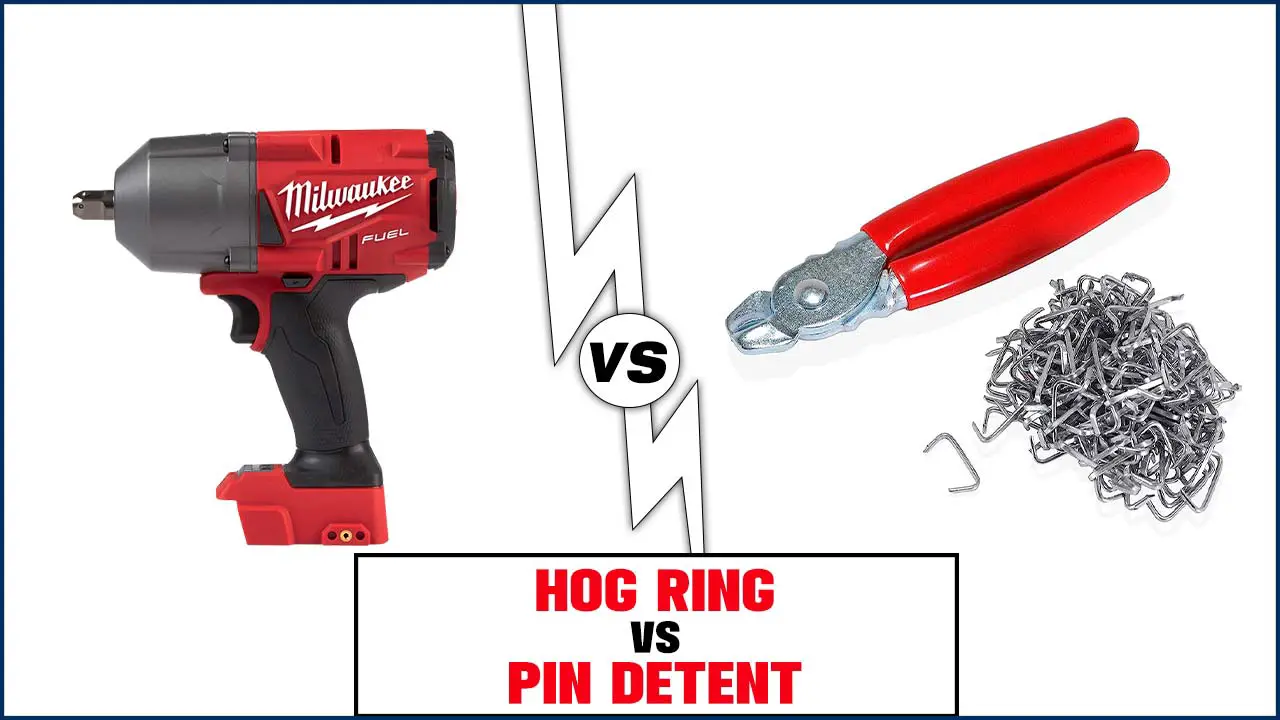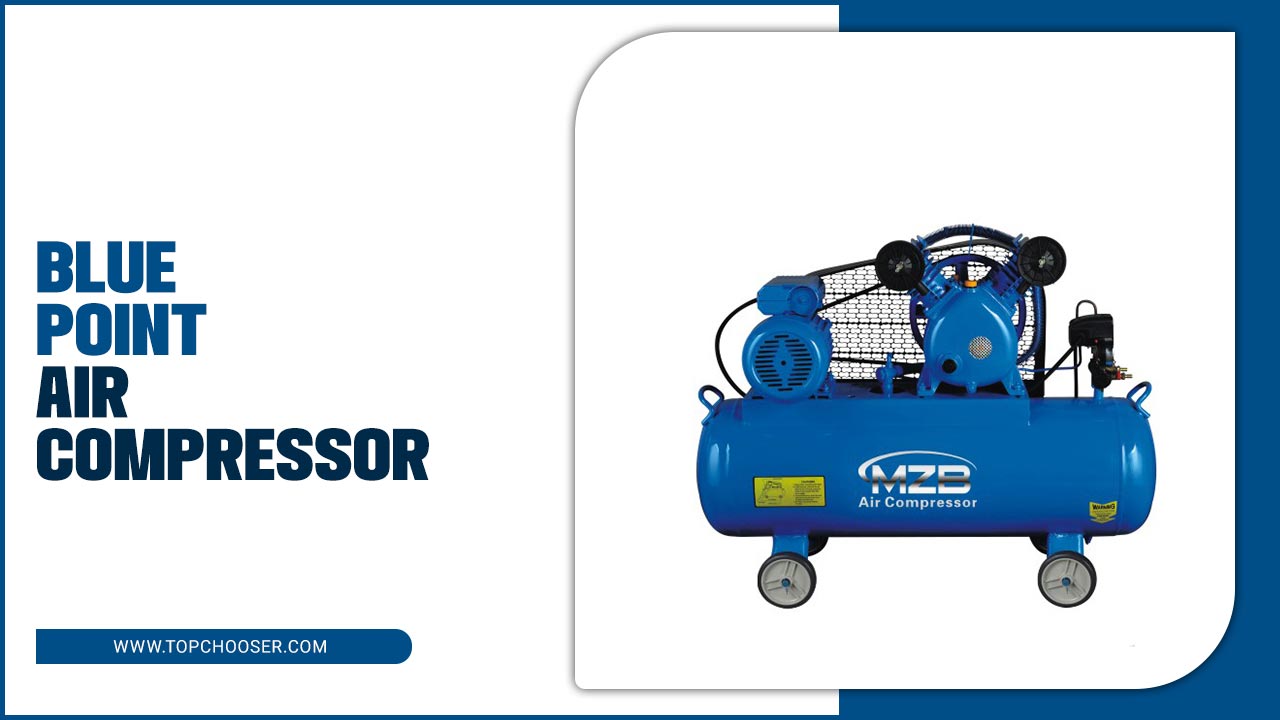Are you building a new home? If so, have you thought about lighting? Installing LED recessed lighting is a great option for new construction. It can make your rooms feel bigger and brighter. Many people love the sleek look and energy-saving benefits. But how do you get started?
Imagine walking into a room filled with warm, welcoming light. How nice would that be? With recessed lighting, you can achieve that cozy feel. You might be surprised to learn that it’s not as hard as it seems. In fact, once you know a few easy steps, you’ll feel ready to tackle the project.
In this article, we’ll guide you through how to install LED recessed lighting in new construction. Whether you are a DIY expert or just starting, this guide is for you. Stay with us to discover how to light up your life and your new home!
How To Install Led Recessed Lighting In New Construction Installing Led Recessed Lighting In New Construction Is A Smart Way To Enhance The Aesthetic Appeal And Functionality Of Your Home While Conserving Energy. Whether You’Re Building A New Home Or Renovating An Existing Space, Recessed Lighting Can Create A Modern And Sophisticated Ambiance. In This Article, We Will Guide You Through The Steps To Install Led Recessed Lighting In New Construction, Ensuring That You Achieve Optimal Results. Understanding Recessed Lighting Recessed Lighting, Also Known As Can Lights Or Pot Lights, Is A Type Of Lighting Fixture That Is Installed Above The Ceiling Line. This Type Of Lighting Creates A Clean, Streamlined Look By Eliminating The Need For Traditional Light Fixtures, Making It Especially Popular In Contemporary Homes. Benefits Of Led Recessed Lighting 1. **Energy Efficiency**: Led Lights Consume Significantly Less Energy Than Traditional Incandescent Bulbs. 2. **Longevity**: Leds Have A Longer Lifespan, Reducing The Need For Frequent Replacements. 3. **Low Heat Emission**: Led Fixtures Generate Less Heat, Making Them Safer And More Comfortable To Use. 4. **Dimmability**: Many Led Recessed Lights Are Compatible With Dimmer Switches, Allowing For Adjustable Brightness. Steps To Install Led Recessed Lighting In New Construction 1. Planning The Layout Before You Start The Installation Process, Outline The Layout Of Your Recessed Lighting. Consider The Following: – The Purpose Of Each Lighting Zone (Task Lighting, Ambient Lighting, Or Accent Lighting). – The Spacing Between The Lights (Generally 4 To 6 Feet Apart). 2. Gather Your Materials You’Ll Need: – Led Recessed Lights – Electrical Wiring – Junction Boxes – A Suitable Dimmer Switch (If Desired) – Tools (Drill, Screwdriver, Wire Stripper, Etc.) 3. Install The Electrical Wiring In New Construction, The Electrical Wiring Should Be Installed Before The Drywall Is Put Up. – Run The Electrical Cables From The Junction Box To Where Each Recessed Light Will Be Placed. – Ensure Proper Connections To Avoid Electrical Hazards. 4. Cut Holes For The Can Lights Using A Hole Saw, Cut Holes In The Ceiling For The Recessed Light Fixtures. – Follow The Manufacturer’S Instructions Regarding The Diameter And Spacing Of These Holes. 5. Install The Can Lights – Insert The Can Lights Into The Holes You Created. – Ensure They Are Secured According To The Manufacturer’S Instructions. Most Fixtures Will Have Spring-Loaded Clips That Help Hold Them In Place. 6. Connect The Wiring – Connect The Wiring From Each Recessed Light To The Electrical Supply Following Proper Color Coding (Black To Black, White To White, And Green Or Bare To Ground). – Use Wire Nuts To Secure The Connections And Ensure Safety. 7. Install The Trim And Bulb – Once The Wiring Is Connected, Attach The Trim Ring And Insert The Led Bulb. – Depending On Your Fixture, The Bulb May Simply Click Into Place Or Require Slight Twisting. 8. Test The Lights Before Sealing The Ceiling, Turn On The Circuit To Test The Lights. Make Sure Each Fixture Works Correctly And Adjust If Necessary. Conclusion Installing Led Recessed Lighting In New Construction Can Greatly Enhance Your Living Space While Saving Energy. By Following These Steps, You Ensure A Professional-Looking Installation That Can Transform Your Home’S Ambiance. Whether You’Re Completing A New Build Or Upgrading An Old Space, Recessed Lighting Is A Versatile Solution That Is Both Functional And Stylish.

How to Install LED Recessed Lighting in New Construction
Installing LED recessed lighting in new construction can brighten your space while saving energy. First, pick the right layout for your room. Consider using dimmers for added flexibility. Choose the LED fixtures that fit your design and budget. Make sure to follow electrical codes for safety. It’s simple to wire these fixtures, but consider hiring a pro if you’re unsure. Did you know that LED lights last longer than traditional bulbs? This means fewer replacements and lower costs over time. Get ready for a stunning transformation in your home!Understanding Recessed Lighting
Definition and purpose of recessed lighting. Different types of recessed lighting fixtures available.Recessed lighting is a cool way to brighten up your space without hanging lights in the way. Think of it like hiding a lightbulb in the ceiling—it brings light where you need it! There are several types of recessed lighting. Some are for general use, while others focus on art or task lighting. Here’s a quick look:
| Type | Description |
|---|---|
| General | Provides overall light for the room. |
| Task | Helps with specific activities like reading. |
| Accent | Highlights artwork or areas. |
In short, recessed lighting is both stylish and useful, making your home look great and helping you find snacks in the dark!
Planning Your Recessed Lighting Layout
Key considerations for effective lighting design. Common placement mistakes to avoid.Planning your recessed lighting design is like creating a treasure map, but instead of “X” marking the spot, it’s all about the right light. Start by thinking about what areas need brightness. Be careful where you place the lights; too close together can feel like a disco party, and too far apart can leave dark corners. Use this helpful table for key tips:
| Consideration | Tip |
|---|---|
| Room Function | Focus light where activities happen. |
| Spacing | Keep lights 4-6 feet apart. |
| Avoid Glare | Point lights away from seating. |
Making a plan avoids common mistakes, like hiding a light behind a wall or forgetting to check where the furniture will go. Remember, proper planning leads to fun lighting that lights up your home and your life!
Tools and Materials Needed
Essential tools for the installation process. List of materials required for recessed lighting installation.Ready to light up your life? First, gather your tools and materials! You’ll need a few essential tools to make this installation smooth. Grab your drill, wire cutters, and a stud finder. Don’t forget safety glasses to protect those peepers! Here’s a handy table that lists everything you’ll need:
| Tools | Materials |
|---|---|
| Drill | Recessed lights |
| Wire cutters | Electrical wire |
| Stud finder | Mounting brackets |
| Safety glasses | Wire nuts |
With these goodies, you’ll be lighting up like a pro. Happy installing!
Preparing the Electrical System
Assessing the existing electrical framework. Ensuring compliance with local electrical codes.Before diving into the fun of installing your new lighting, take a look at your existing electrical system. Is it in good shape? Check for any wires that look like spaghetti—yikes! Next, ensure you build your bright future by following local electrical codes. These rules help keep you safe and your home shining bright. Remember, no one wants a disco party with faulty lights! Here’s a quick table to help you know what to check:
| Check Item | What to Look For |
|---|---|
| Wires | No frays or loose connections |
| Breaker Panel | Sufficient capacity for added lights |
| Codes | Compliance with local electrical codes |
By taking these steps, you make sure your lights will shine without a hitch. Your home will sparkle, and you’ll have peace of mind!
Selecting the Right LED Recessed Lights
Factors to consider when choosing LED lights. Comparison of wattage, brightness, and color temperature.Choosing the right LED recessed lights can feel like trying to find a needle in a haystack. First, think about wattage. Lower wattage means lower energy use, but brightness is key too! Next up, consider brightness, measured in lumens. More lumens equal brighter lights; think of it as the spotlight stealing the show. Lastly, check color temperature. This affects the mood—from cozy amber to bright daylight. Here’s a handy table:
| Wattage | Brightness (Lumens) | Color Temperature (Kelvin) |
|---|---|---|
| 10W | 800 | 2700K |
| 15W | 1100 | 3000K |
| 20W | 1500 | 4000K |
Pick wisely, or your house might end up feeling more like a circus than a cozy home!
Installing the LED Recessed Lights
Stepbystep instructions for installation. Safety precautions during the installation process.To install LED recessed lights, follow these simple steps. First, gather your tools: a drill, wire cutter, and screwdriver. Next, turn off the power to avoid any accidents. Then, cut holes in the ceiling where you want the lights. Connect the wires correctly and secure the lights in place. Finally, turn the power back on and test your lights. Remember to keep the area clean and wear safety goggles while working!
What safety precautions should I take?
Always turn off the power before starting a project. Wear gloves to protect your hands. Use goggles to shield your eyes from debris. Keep your workspace clear to prevent tripping. Asking a friend for help is also a smart move!
Connecting the Wiring
Detailed wiring instructions for recessed lighting. Troubleshooting common wiring issues.Wiring recessed lights can be easy. First, turn off the power. Connect the wires from your light to the wiring in the ceiling. Use wire connectors to secure each connection. Remember the colors: black is hot, white is neutral, and green or bare is ground. If your light flickers or doesn’t turn on, check the connections again. Make sure all wires are tight. If you’re stuck, asking for help is a smart choice!
What are common wiring problems?
Common issues include loose connections, wrong wire colors, or tripped breakers. Check the breaker panel if lights won’t turn on. If problems swirl, consult a professional for safety.
Testing and Adjusting Your Recessed Lighting
How to test the fixtures after installation. Tips for adjusting brightness and positioning for optimal effect.After you’ve completed your recessed lighting installation, it’s time to see if they shine as bright as your future! First, switch on the lights and check each fixture. Are they all glowing? If some aren’t, it might be time to check the connections. Adjust the brightness by using dimmer switches, if installed; they’re like magic—suddenly, your room can be cozy or bright enough to find that last cookie! Position the lights so they highlight your favorite spots, avoiding any unwanted shadows. Remember, you want to keep your house lit without creating a runway for landing planes!
| Tip | Action |
|---|---|
| Check Connections | Ensure all wires are properly connected. |
| Adjust Brightness | Use dimmer switches for a cozy effect. |
| Positioning | Aim lights to highlight key areas. |
Maintenance and Troubleshooting
Routine maintenance tips for longevity. Common issues and solutions with LED recessed lights.To keep your LED recessed lights shining bright, routine maintenance is essential. First, dust them regularly to avoid a dimming effect—nobody wants a disco-light impersonation! If lights flicker, chances are it’s a loose connection. Simply tighten those wires and you’re back in business. Check out the table below for common issues and their easy fixes:
| Common Issue | Solution |
|---|---|
| Flickering lights | Tighten connections |
| Dim lights | Clean the fixtures |
| Non-working lights | Replace the bulb |
With these quick tips, you can keep your LED lights in top-notch condition. Remember, a well-maintained light is a happy light!
Conclusion
In summary, installing LED recessed lighting in new construction is straightforward. First, plan your layout. Then, choose the right fixtures. Next, follow safety guidelines during installation. Finally, connect the wiring correctly. By following these steps, you can brighten your space efficiently. For more details, check out guides or videos to help you succeed in your project!FAQs
What Are The Benefits Of Using Led Recessed Lighting In New Construction Over Traditional Incandescent Or Fluorescent Options?LED recessed lighting has many great benefits. First, it uses less energy than traditional bulbs, which helps save money on your electric bill. Second, LED lights last much longer, so you won’t have to replace them as often. They also produce less heat, making your home safer and cooler. Finally, they come in different colors, making it easy to create the perfect mood in any room!
What Tools And Materials Are Needed To Install Led Recessed Lighting In A New Construction Project?To install LED recessed lights, you will need a few tools and materials. First, get a drill to make holes in the ceiling. You also need a measuring tape to find the right spots. Don’t forget LED lights and special housings to hold them. Lastly, you should have wire connectors and electrical tape to help with the wiring.
How Do You Determine The Proper Spacing And Placement For Led Recessed Lights In A Room During New Construction?To find the right spacing for LED recessed lights, we start by measuring the room. A good rule is to place lights about 4 to 6 feet apart. Then, we make sure to avoid shadows by pointing lights at key areas. Finally, we check that the lights are not too close to walls to create a nice, even glow.
What Are The Necessary Electrical Considerations And Codes To Follow When Installing Led Recessed Lighting In New Construction?When you install LED recessed lights, first, check local building codes. These rules help keep you safe. Make sure to use the right wires for the lights. You should also install a circuit breaker to prevent too much electricity from flowing. Finally, leave space above the lights so they don’t get too hot.
How Can You Effectively Insulate Around Led Recessed Lights To Prevent Energy Loss And Ensure Compliance With Building Codes?To insulate around LED recessed lights, use special insulation covers. These covers fit over the lights and block drafts. You should also keep insulation away from the bulbs to avoid fire risks. Always check local building codes to make sure you follow the rules. This keeps your home safe and saves energy.








